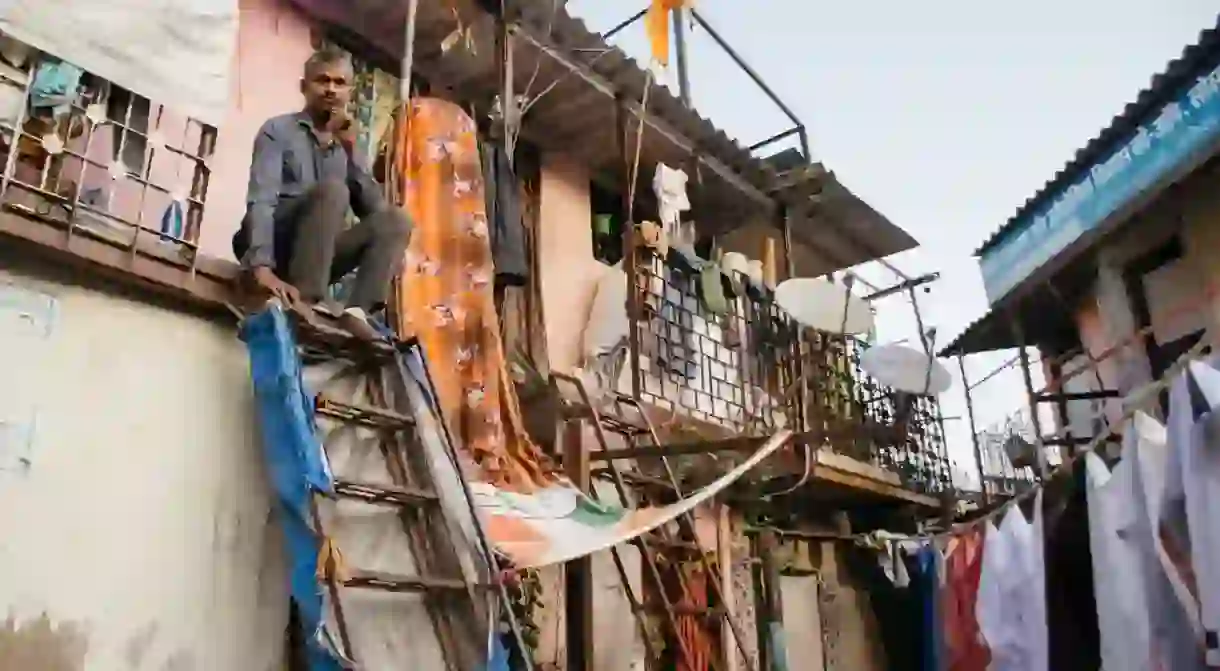Behind the Scenes at Mumbai's 140-Year-Old Dhobi Ghat

Dhobi Ghat is Mumbai‘s 140-year-old, open-air laundromat, and it is estimated that each day half a million pieces of clothing are sent there from hotels, hospitals, and homes. Through these photographs, you’ll learn a lot more about this Mumbai marvel.

At first, Dhobi Ghat presents a chaotic scene. However, a closer look brings out the order in the chaos. Lines and lines of washed clothes are hung out to dry in a manner that optimizes both time and space. This is a labor-intensive process, and the washermen, also called dhobis, have a system in place that takes care of washing, sorting, and ironing. A code is written at the back of each garment that allows the correct piece of laundry to get back to its owner. This system is amazingly efficient and one of the main reasons of the ghat’s popularity.



Though one can see some modern machinery lining the washing stations, most of the laundry is still done by hand. The clothes are first sorted and then soaked in soapy water. After this step, dhobis beat the clothes on the flogging stone. The stalls where the dhobis work date back to British Rule.



Rarely stopping for a break, the dhobis wash each piece of clothing in a similar way before wringing it and setting it out to dry.



Home to the dhobis and their families (around 200 families), the Dhobi Ghat has seen this occupation passed down from one generation to the next. Also known as the Mahalaxmi Dhobi Ghat, it can be viewed easily from the Mahalaxmi Railway station. The best time to visit Dhobi Ghat is early morning and early afternoon. While the dhobis are in action in the morning to take care of the washing load, the early afternoons are an ideal time to see the clothes dry.



If you happen to visit the ghat, you can step down the bridge and get informal tours from various dhobis, who are always more than eager to share little anecdotes from their trade with curious travelers.



After the clothes are dried, they are sorted according to their code, and the dhobis make sure they are ironed crisp.


Dhobi Ghat garnered a Guinness Book of World Records entry under ‘most people hand-washing clothes at a single location’ in 2011. If you’ve ever taken your laundry for granted, a trip to Dhobi Ghat is the perfect way to put things in perspective and admire the effort that goes into this most domestic and often overlooked activity.















